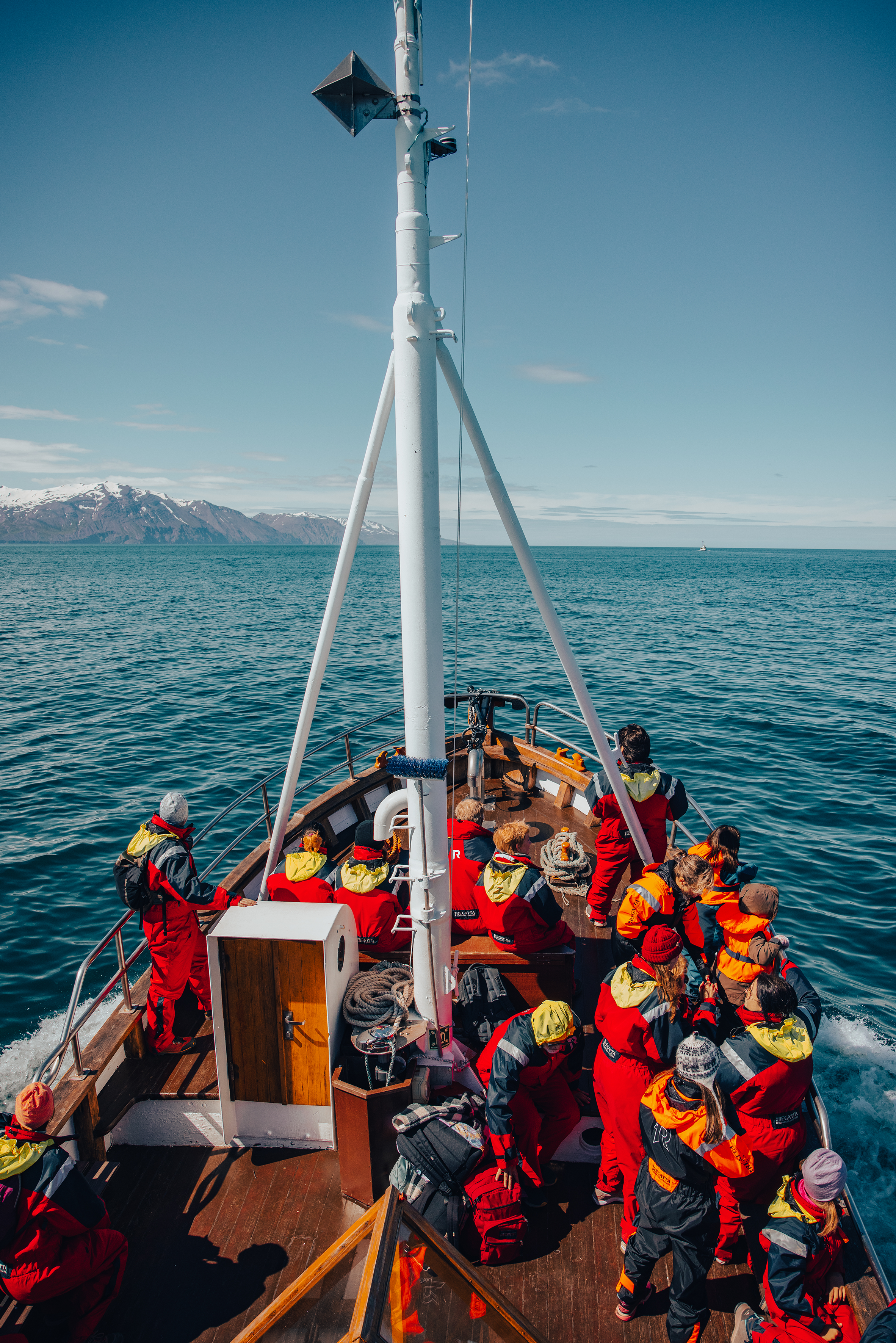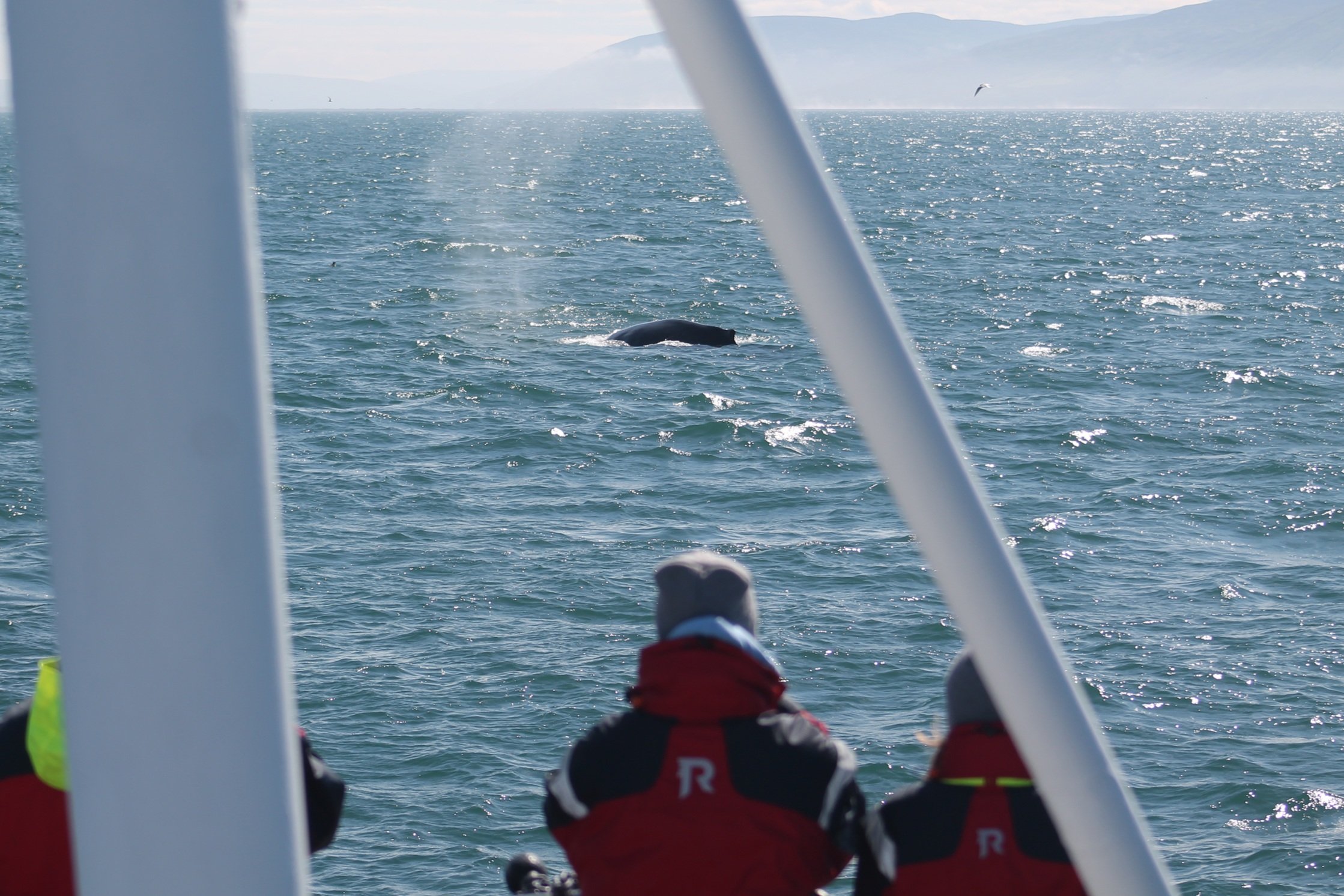
Let’s make memories that will last a lifetime!
WHALE WATCHING HÚSAVÍK
RESPONSIBLE WHALE WATCHING TOURS
WHALE WATCHING
Classic guided whale watching tour on our traditional oak boat Moby Dick directly from Húsavik. We believe that every tour should be an unforgettable and a personal experience with the whales of Iceland.
-
2,5-3 HOURS
DAILY DEPARTURES!
-
11.490 ISK | ADULTS 16 YEARS OLD+
5.745 ISK | 7-15 YEARS OLD
FREE | 0-6 YEARS OLD -
APR | 9:30 | 13:30*
MAY | 9:00 | 13:00
JUN | 9:00 | 13:00 | 17:00** | 20:30**
JUL | 9:00 | 13:00 | 17:00
AUG | 9:00 | 13:00 | 17:00
SEP | 9:00 | 13:00
OCT | 9:30 | 13:30***
_
* starting from from 17th of April
** 17:00 starting from from 16th of June & 20:30 only 17-25th of June
** only until 15th of October -
PROTECTIVE SAFETY OVERALLS -WINDPROOF, WARM & FLOATABLE
EXCELLENT GUIDANCE BY HIGHLY QUALIFIED GUIDES / MARINE BIOLOGISTS
GROUP BOOKINGS
We are always happy to welcome groups on board and we are open for collaboration with agencies. We operate our tours on a regular daily schedule on our famous boat “Moby Dick”.
-
2,5-3 HOURS
TOURS WITHIN OUR DAILY SCHEDULE
-
Groups bookings done in advance can take the tour leader for free & be offered a collaboration contract for the agency.
-
We offer -15% discounts for groups from 10PAX+ and we are open for new partnerships and collaboration with agencies.
-
Departure time for groups follows our daily schedule. If you would like to request a tour outside of our schedule please contact our office directly, we try to be as flexible as possible!
PRIVATE TOURS
Whether you’re seeking a more private experience, planning a family or perhaps a work event - we are ready to accommodate special requests and offer extra departures outside of our schedule.
-
1-4 HOURS
TOURS UPON THE AGREEMENT
-
So far our boat has been a place for engagements, staff events, birthdays and of course a portal to meet the whales of Húsavík!
If you’re looking for a unique way for celebration, fun activity for your team or simply a private departure, we will gladly have you on board! -
Please contact our office for details. Indicate the time and date, possible inclusions needed and we’ll get right back to you!
here’s our email:
info@friendsofmobydick.is -
Departure time upon agreement!
Please contact us directly for details!
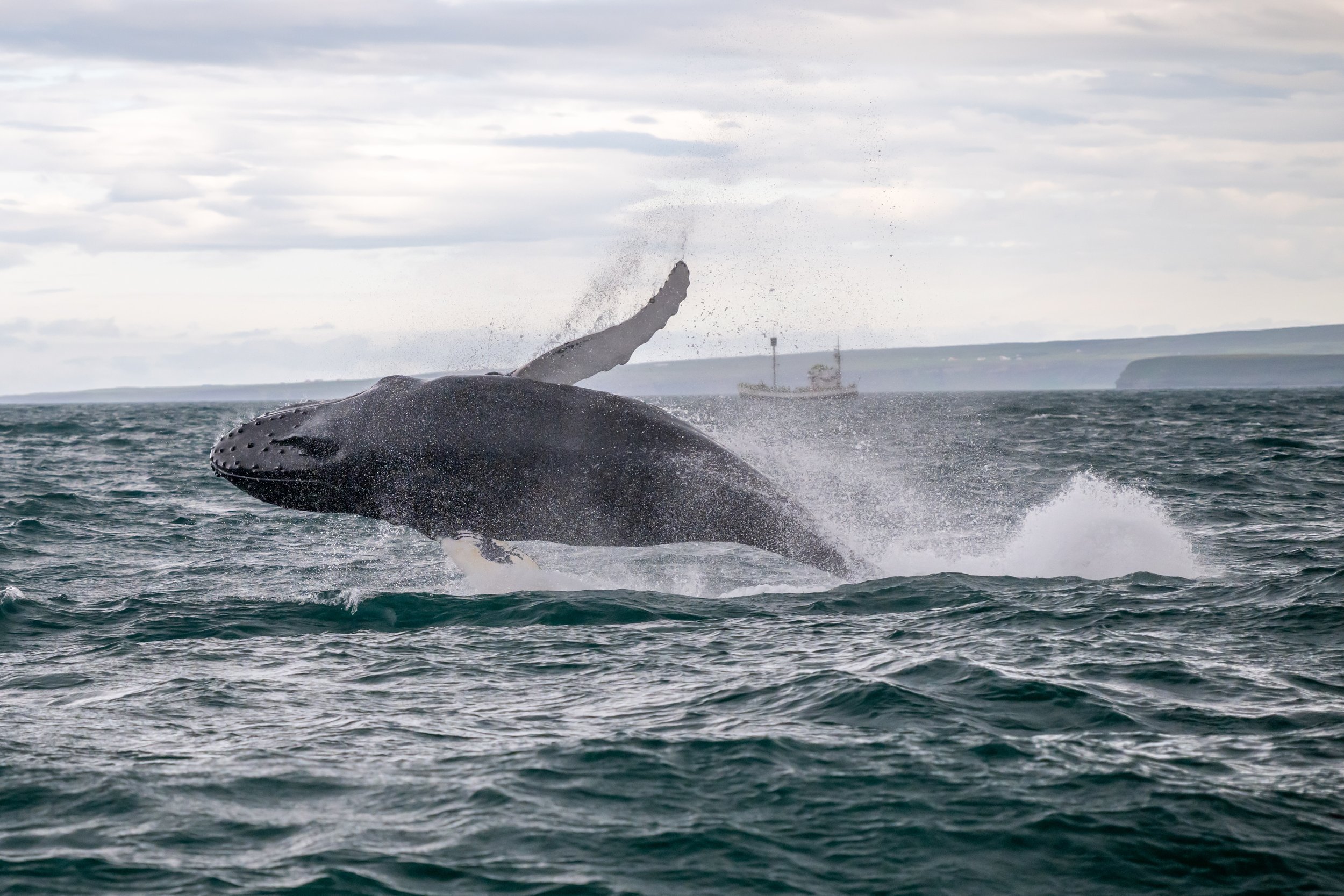

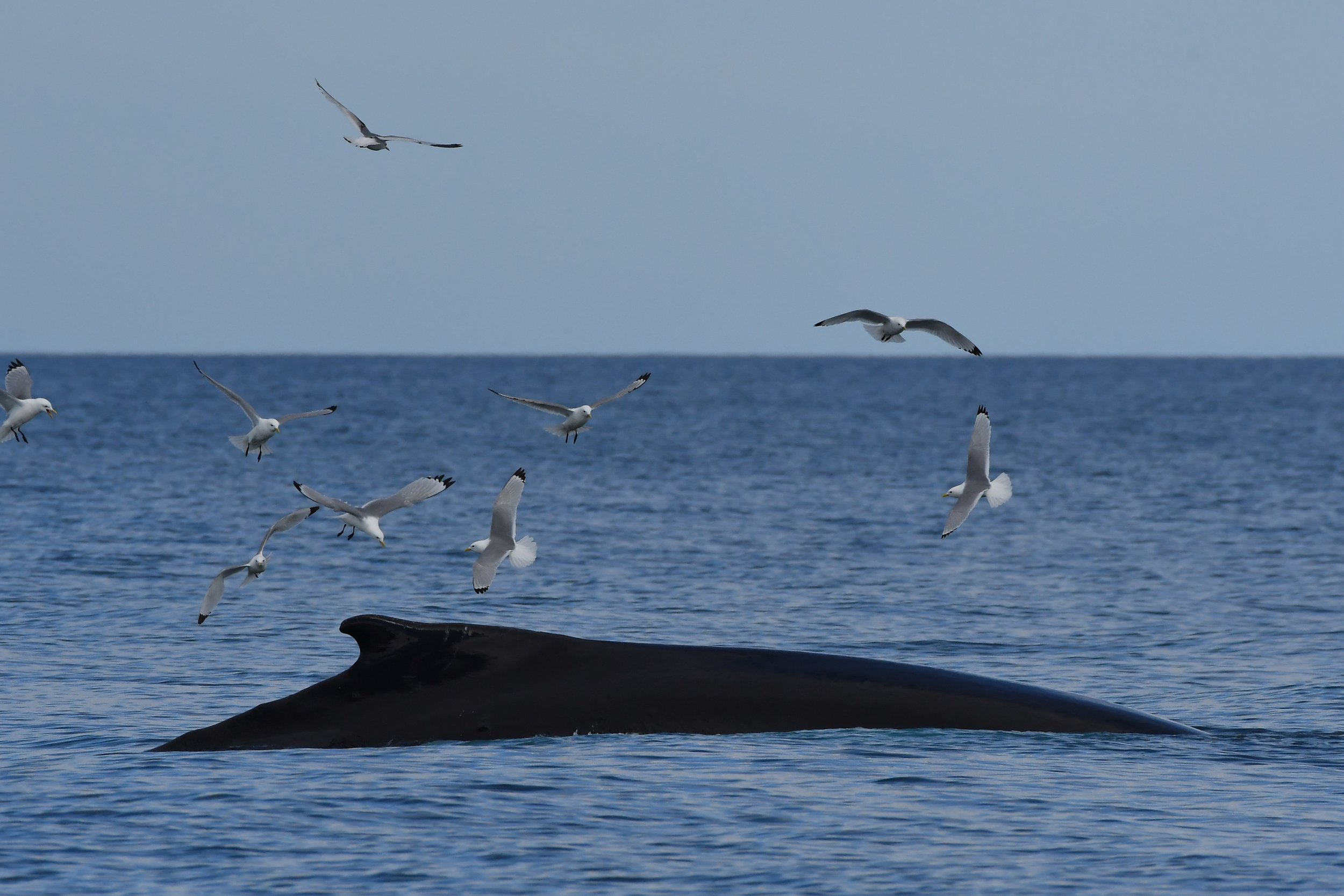

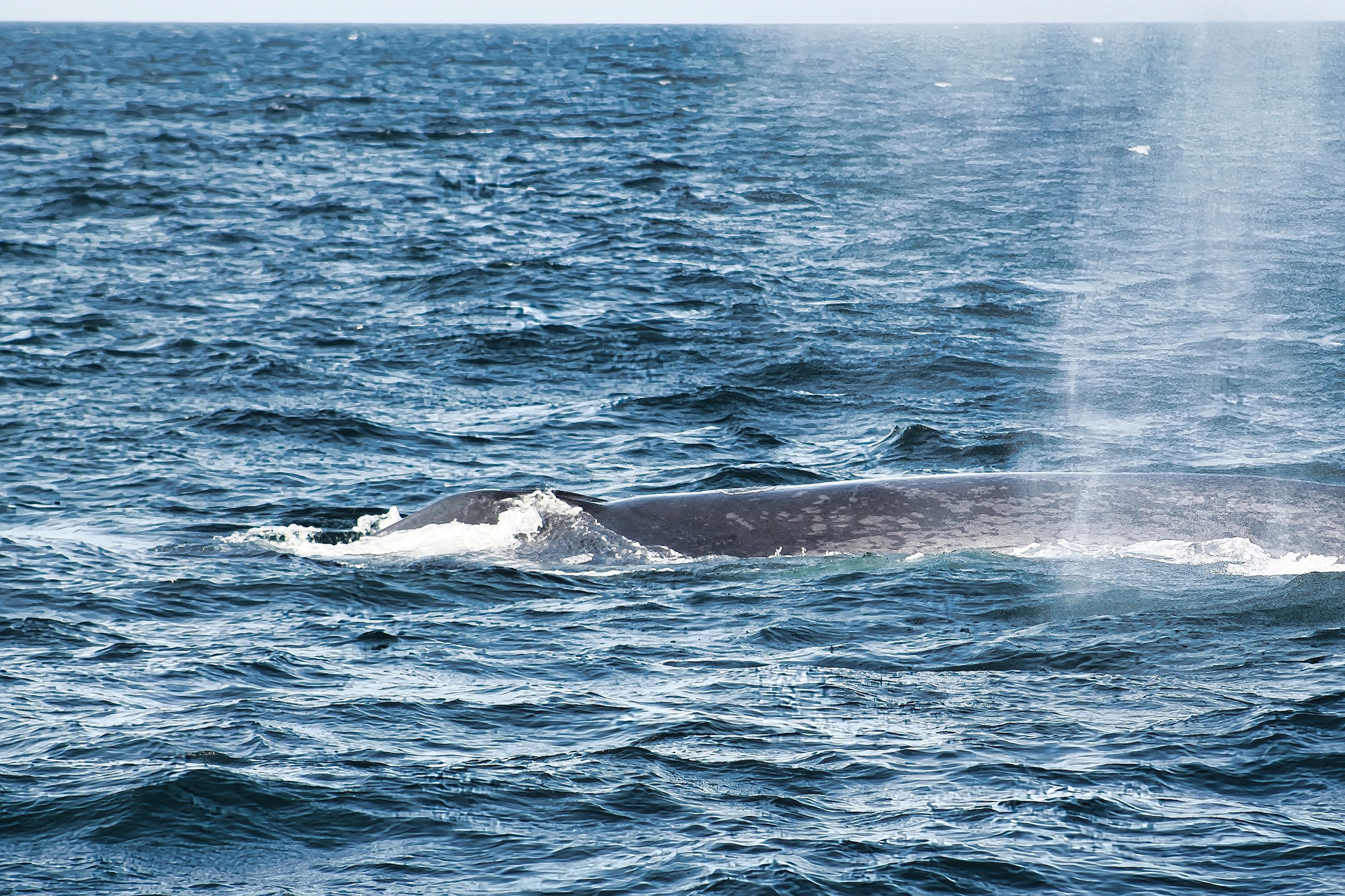
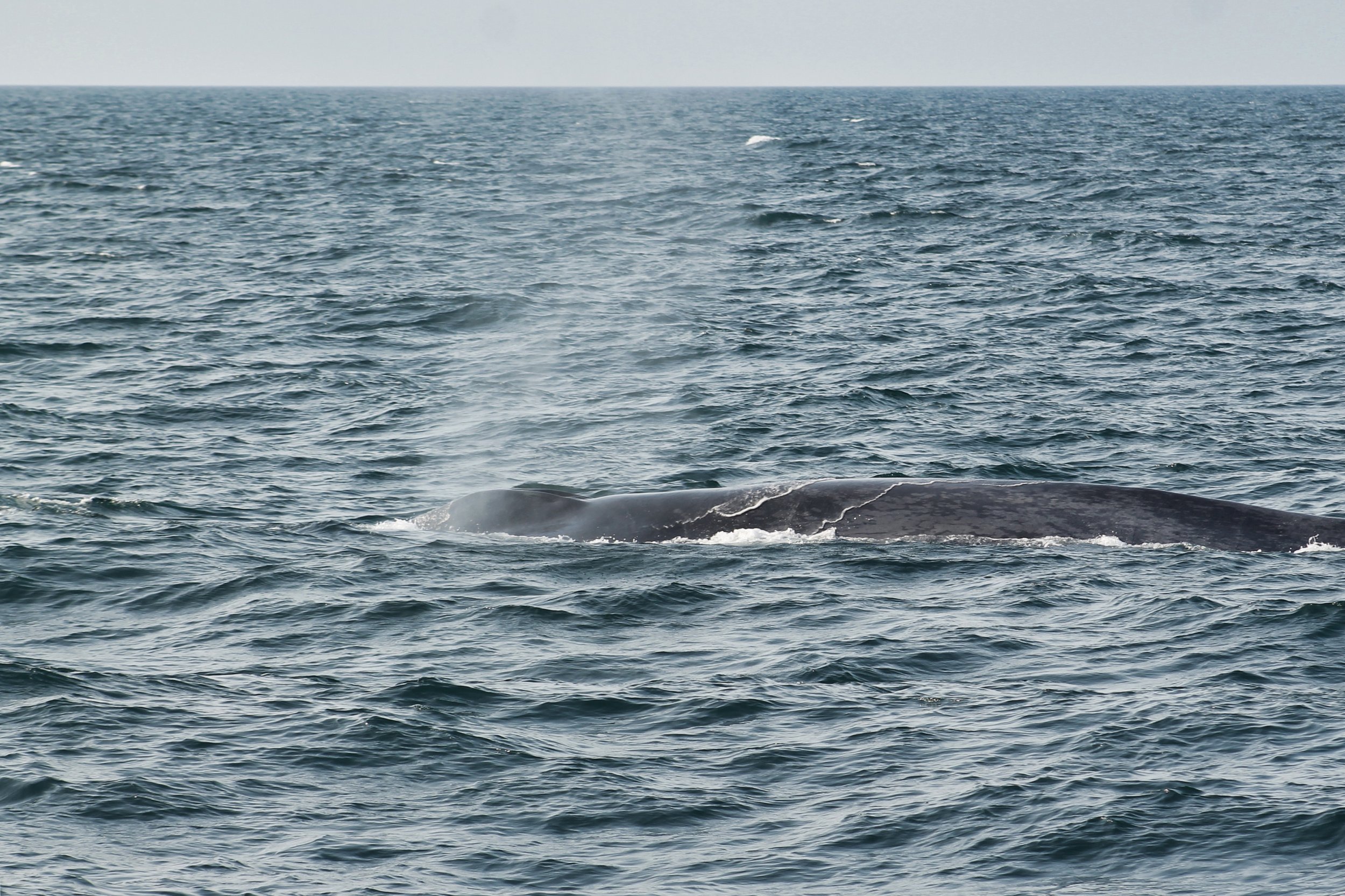
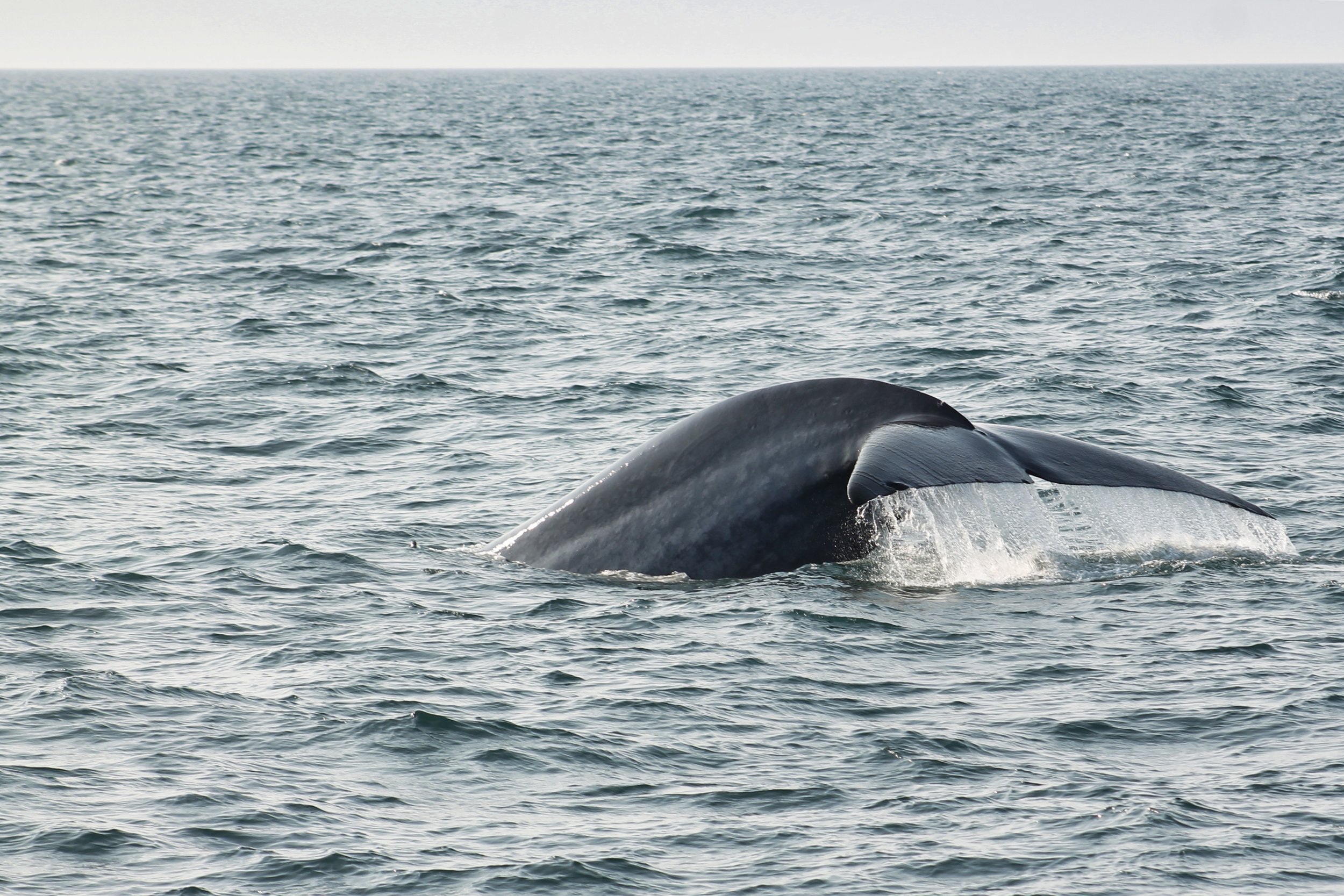
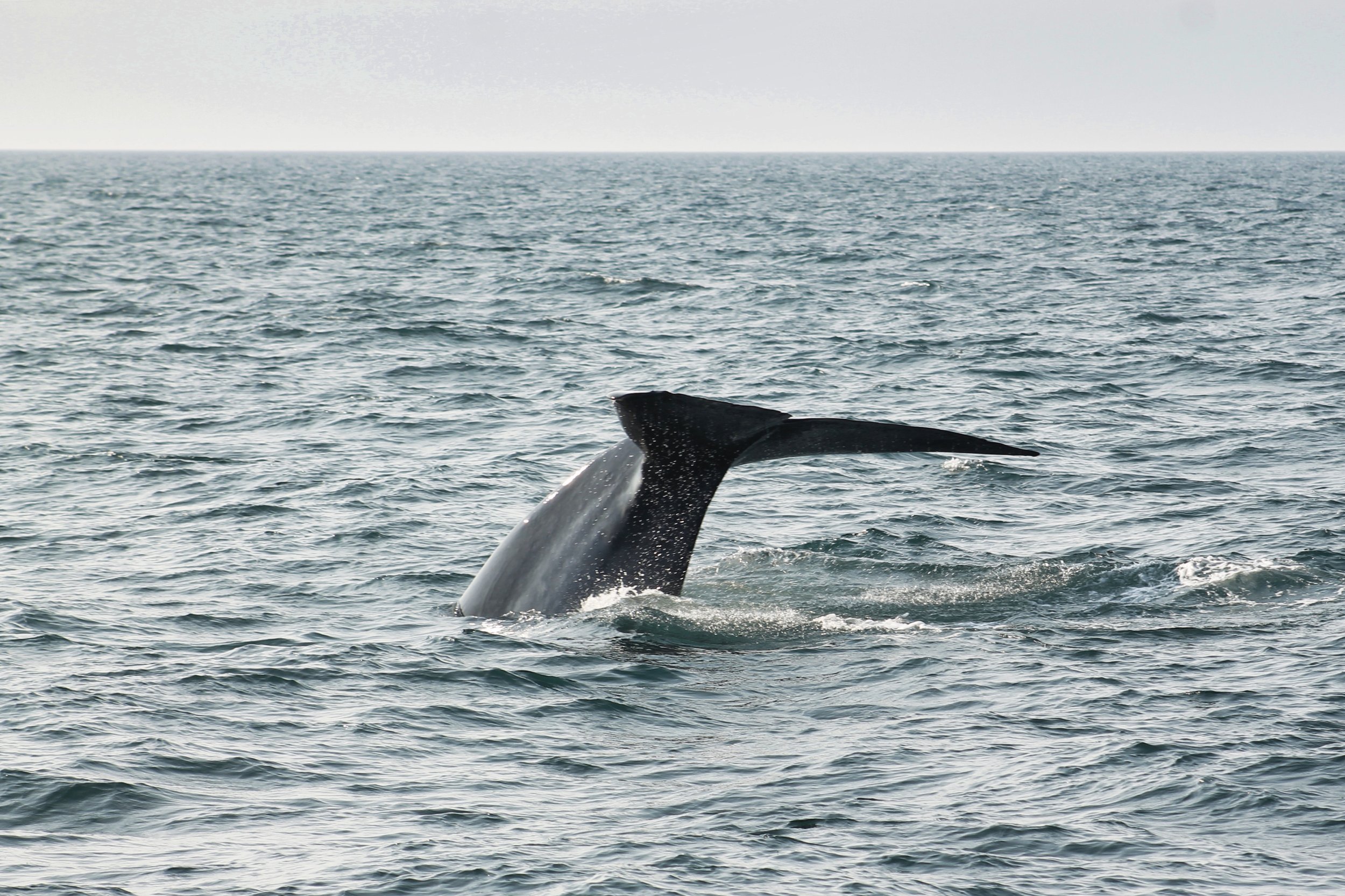
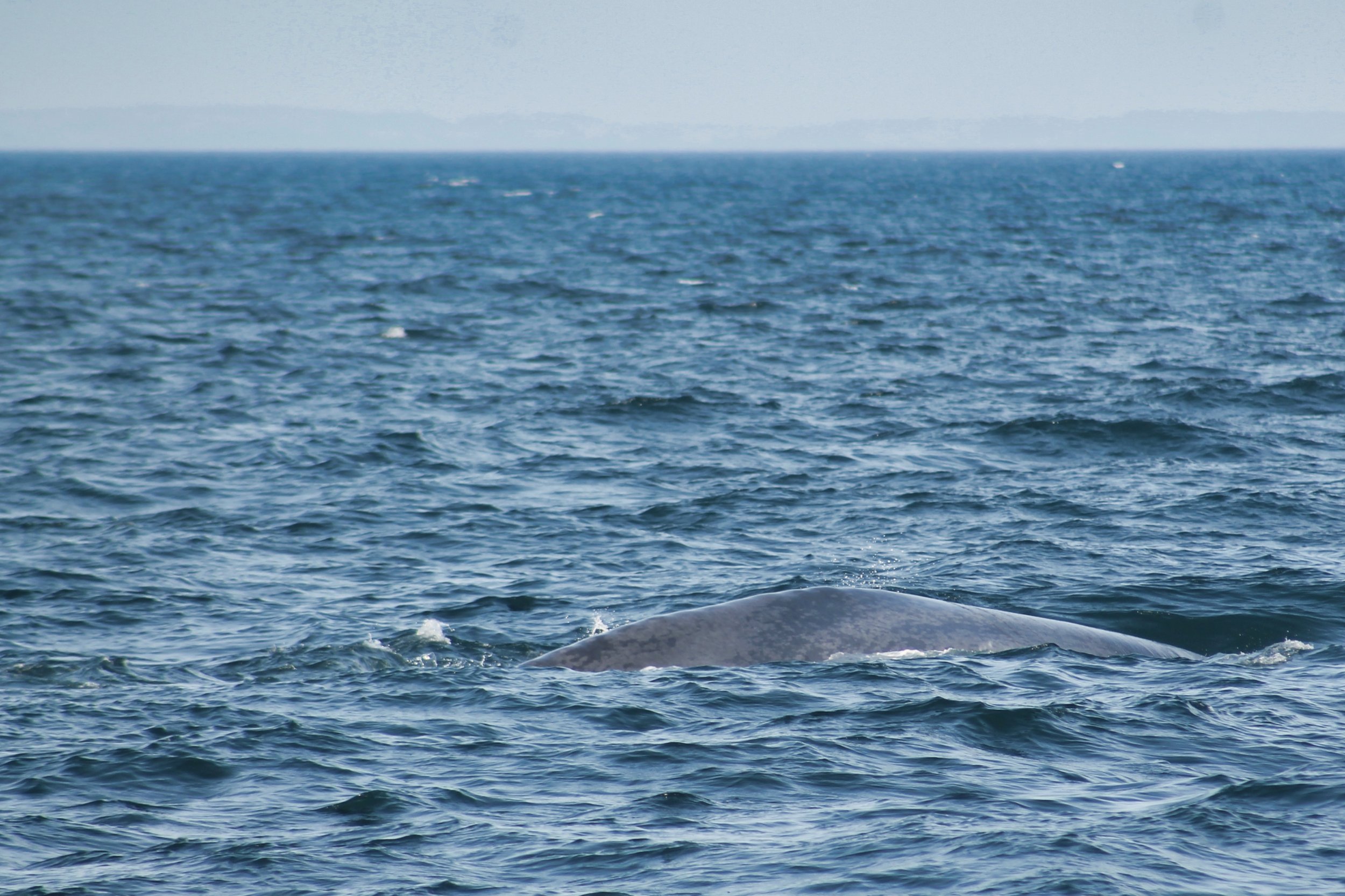
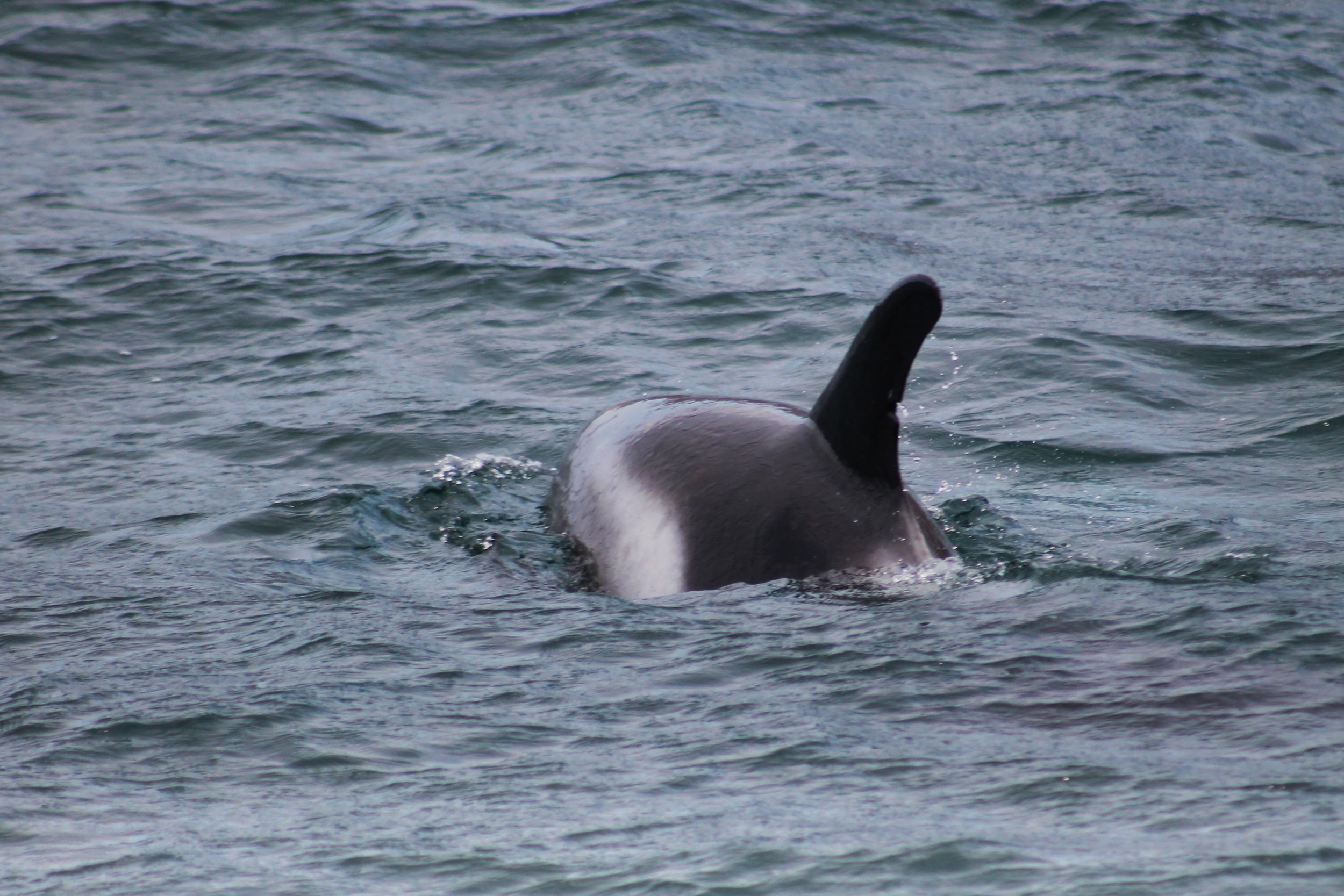
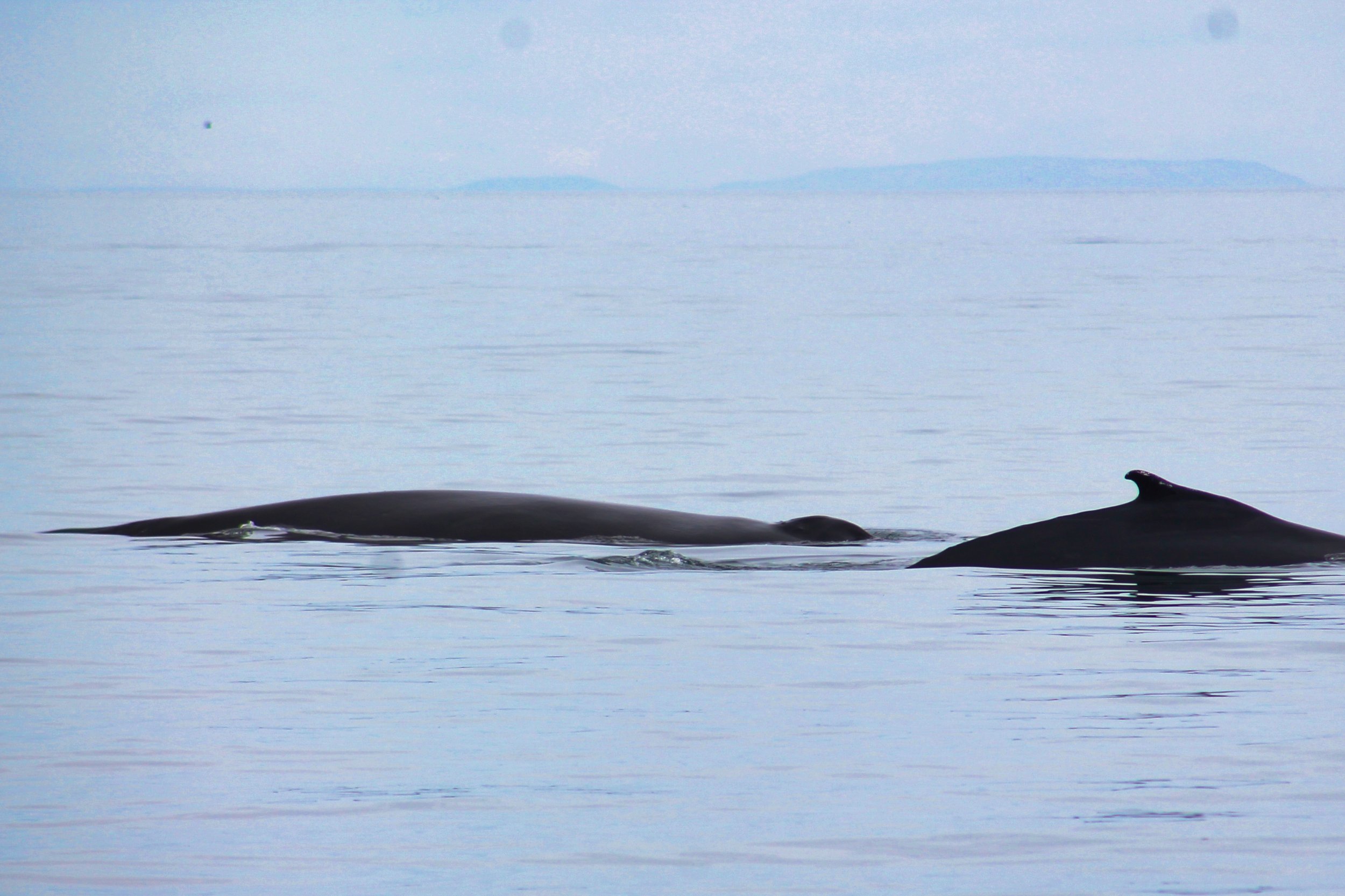
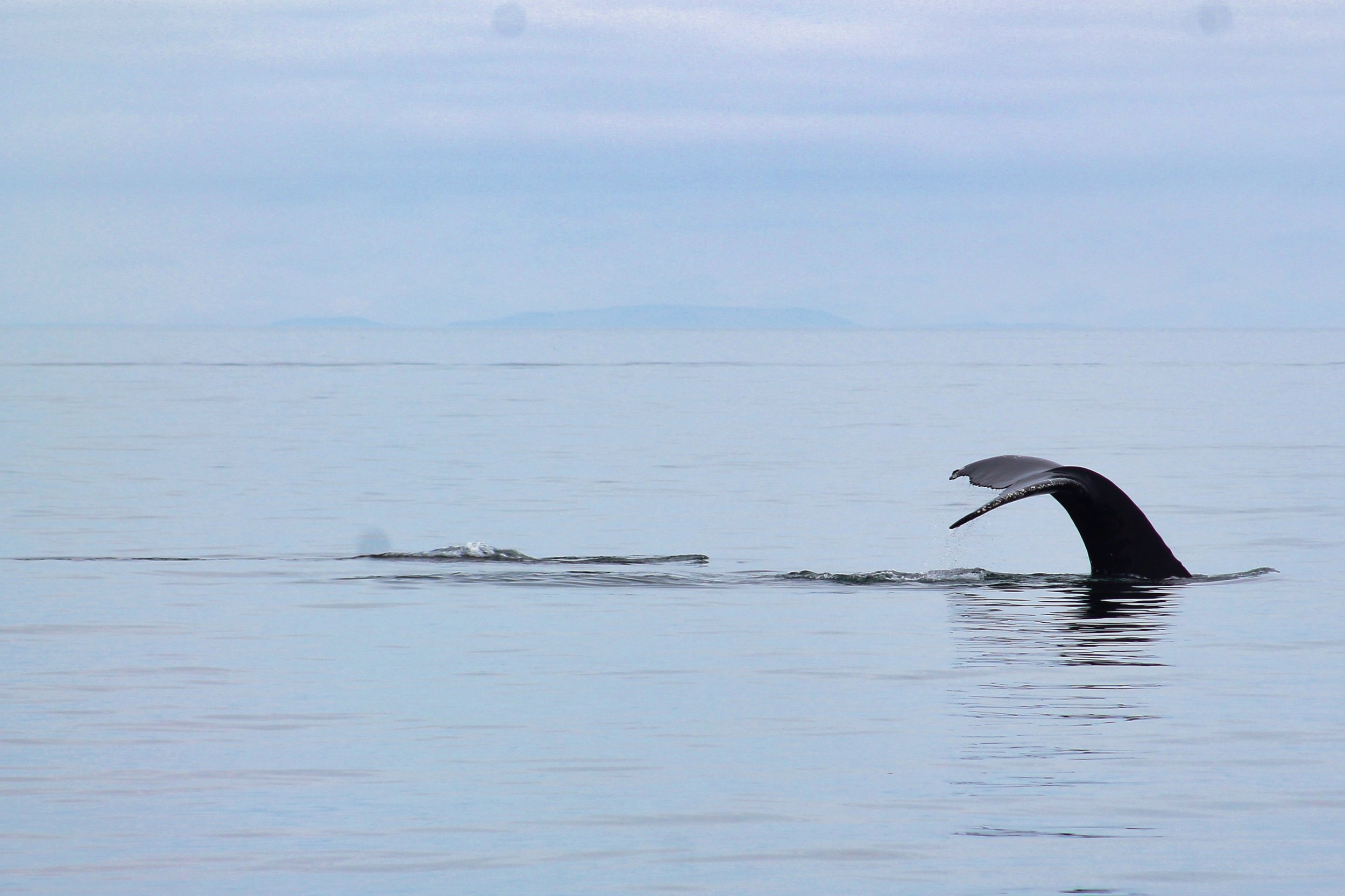
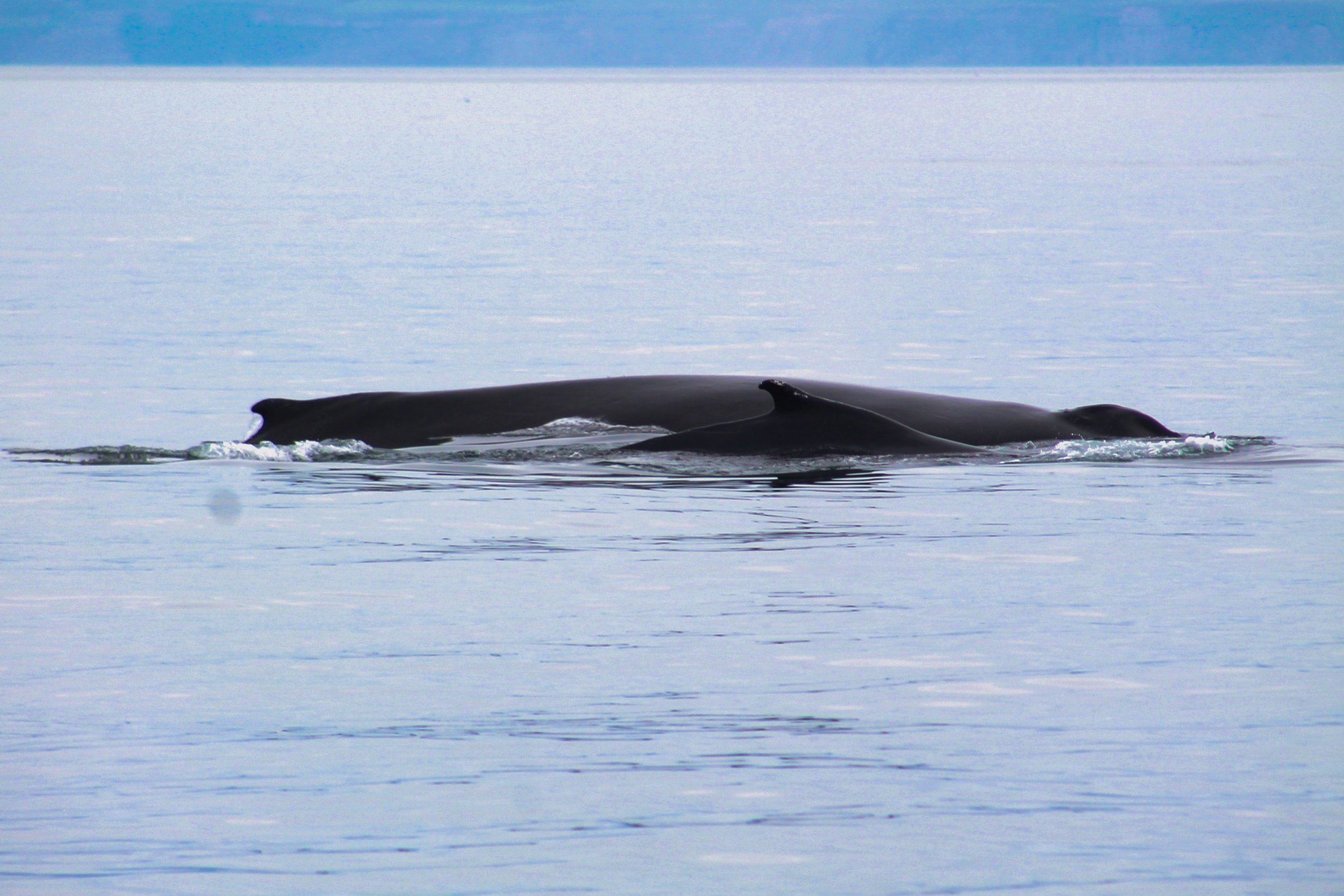
Join our unique story
Our founder,owner and head captain, Arnar was the first captain sailing whale watching tours from Húsavík. The first boat „Vinur” (isl. „Friend”) started sailing back in 1994 and shortly after „Moby Dick” in 1996.
Our team may seem small but you will be in very experienced hands.
Since 2023, in the pristine waters of Skjálfandi Bay, the new „Moby Dick” is out at sea and we offer daily tours departing from Húsavík Harbour.

Do you need accomodation too? We’re here to help!
Our family owns a special Guesthouse in the heart of Húsavík. We want our guests to feel welcome & enjoy the highlights of our home town - all guests at Gamli Skólinn can get a special % discount for our Whale Watching tours.
How to find us?
Hafnarstétt 35, 640 Húsavík
We’re working everyday!
8:00–17:00
Contact us
(+354) 859 4253
OUR RECENT TOURS
FOLLOW US ON INSTAGRAM @FRIENDSOFMOBYDICK TO STAY UP TO DATE WITH OUR SIGHTINGS!
We can’t wait to see you on board!
We operate daily whale watching tours directly from Húsavík between April - October. We are the only operator who can share with you the history of sightings in the bay since 1994.


